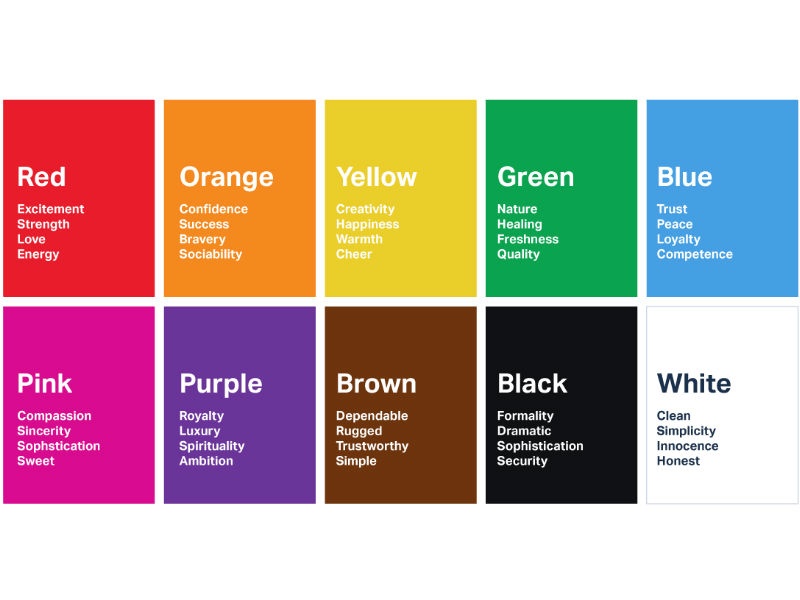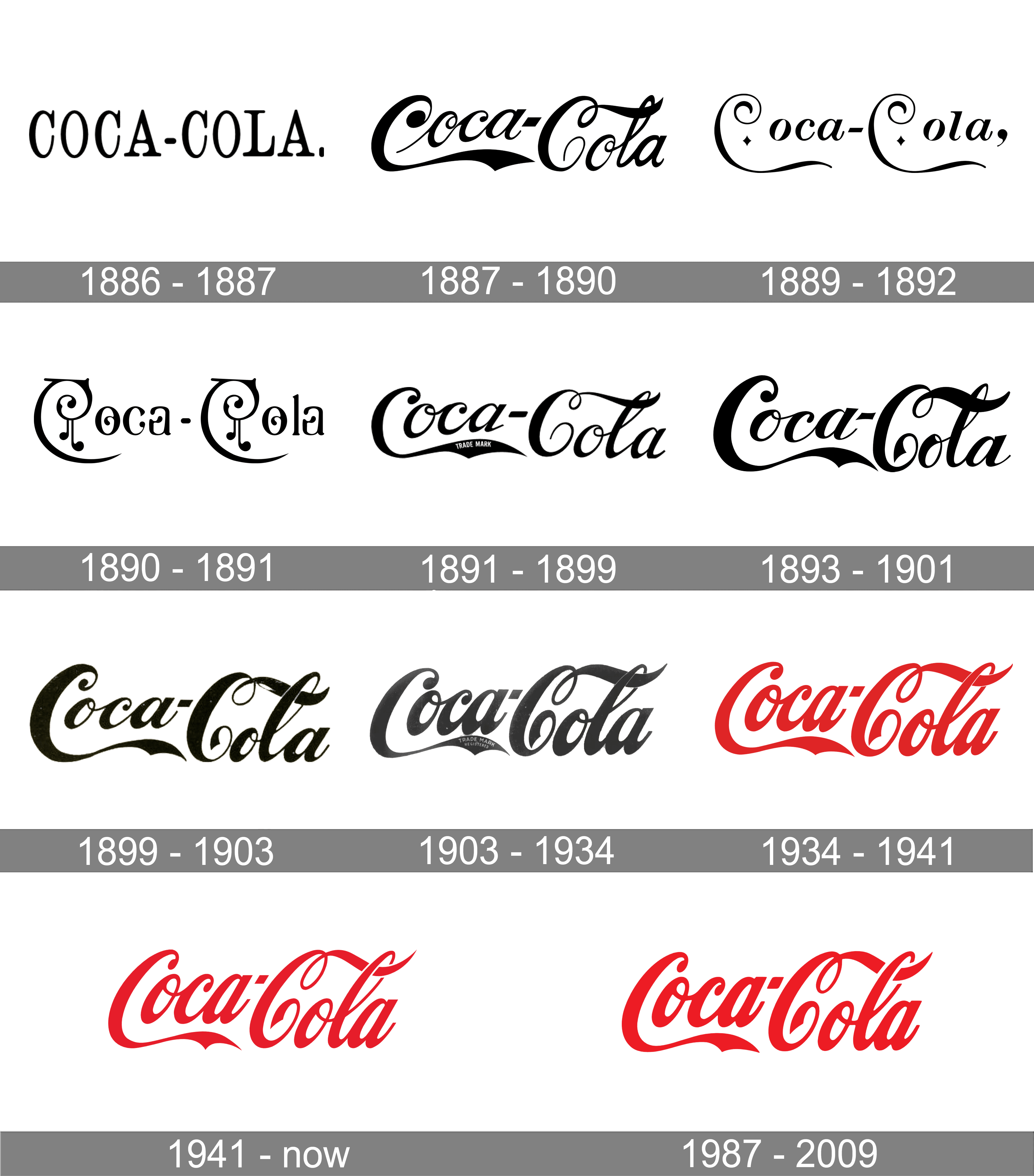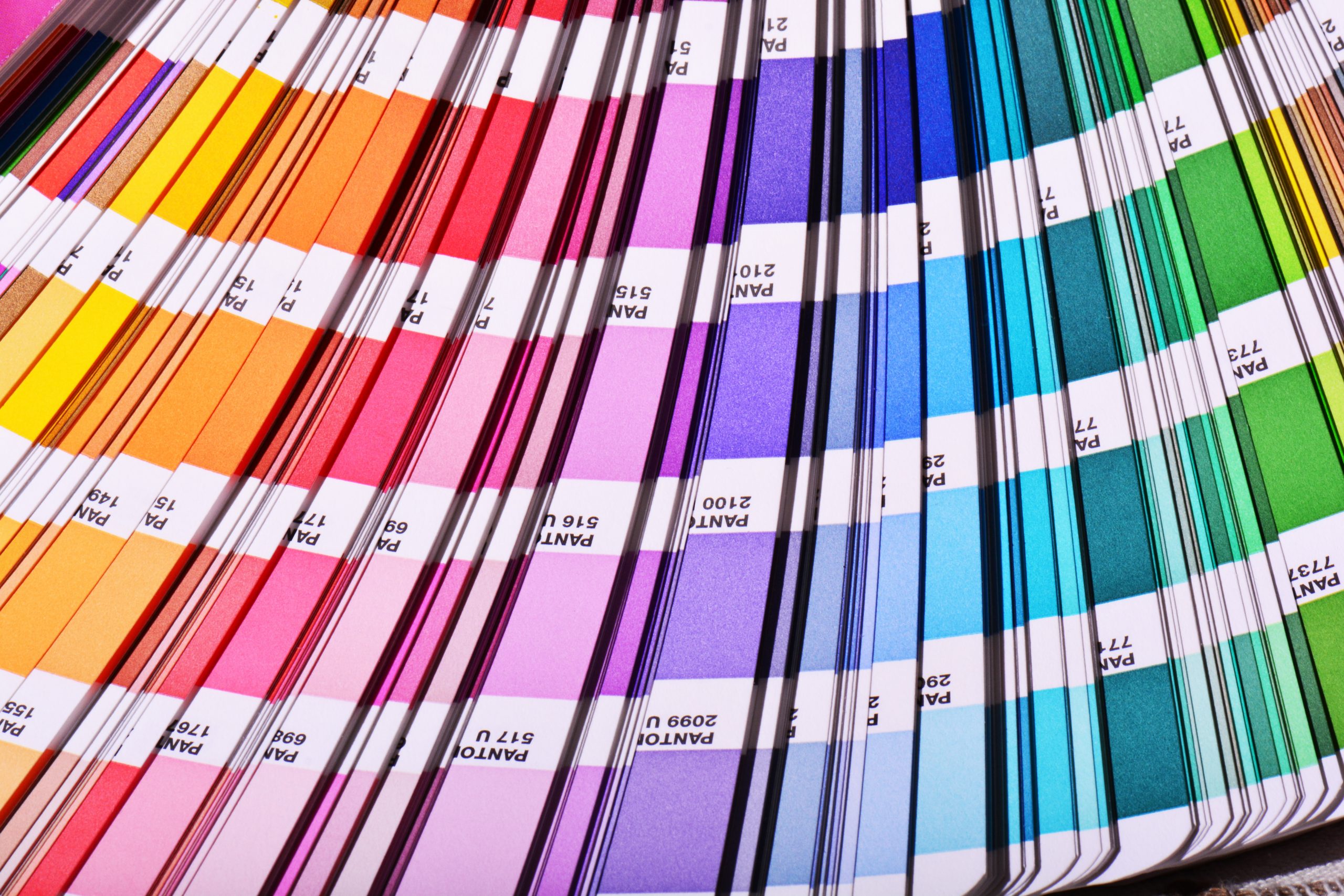A strong branding strategy contains many elements, stitched together through cross-functional collaboration and end-to-end thinking.
But perhaps the first elements a consumer notices about a brand are the visuals and, more importantly, how those visuals make them feel. After all, humans are visual creatures. What better way to appeal to them than through aesthetics?
Design as a Silent Storyteller
I mentioned that humans are visual creatures – in fact, we as a species are biologically programmed to process visual information quickly. This means that visual elements, developed through design, are crucial to consumers’ first impressions of a brand (ThoughtLab, 2023).
On top of this, branding offers an opportunity for storytelling (ThoughtLab, 2023). Designers must think: what can I say through visual elements that cannot be simply spoken or written?

Considerations like colour psychology, typography, readability, imagery, layout, and visual hierarchy all impact a consumer’s perception of a brand (The Collective One, 2024). In a way, graphic designers are like scientists; they design the visuals, but they also design the experience that occurs within the viewer’s subconscious mind.
Know Your Audience
A recent qualitative study showed that advertising agency art directors, seasoned creatives, tend to display more sensitivity to changes in brand identity. Regular consumers, on the other hand, felt less incongruity to the same magnitude shift in visual brand identity (Phillips et al., 2014).
What does this mean for sustainable brands?
Understanding your audience first is key. A long-lasting brand may not be able to maintain a competitive edge using an identical marketing strategy from its conception, but I believe consistency also plays a crucial role for certain segments.

Take Coca-Cola, the classic illustration of a timeless and enduring brand, for example. The brand’s logo has remained almost entirely identical since 1886 (Foley, 2022). This consistency has certainly paid off, as 97% of U.S. consumers recognize the brand using aided recall, a figure that is almost unheard of among B2C players (Kunst, 2025).
Even when looking at a Coca-Cola advertisement from 1955, the brand is easily recognizable to modern-day consumers.
A Masterclass in Brand Storytelling
IDEO is a “multidisciplinary community of makers who leverage discovery, play and experimentation” to help organizations transform into more sustainable versions of themselves (IDEO, 2025).
Cornell Lab of Ornithology focuses on merging science, technology, and innovation to spearhead conversation efforts for birds. The organization works with a diverse range of partners, comprises over 100,000 members, and employs over 300 conversation scientists (Cornell Lab, 2025).

Needless to say, their impact can be difficult to understand for the layperson; gaps of understanding are precisely where IDEO’s design thinking approach has the greatest impact.

IDEO developed the “One Lab” branding strategy, with the new logo, colours, typefaces, language, voice, and messaging clarified through a brand playbook to be used internally (IDEO, 2025b).
What is Your Design (Unintentionally) Saying?
To me, this case study illustrates the importance of balancing simplicity, consistency, and storytelling in visual design. If a brand – especially in the social impact space – isn’t effectively conveying its message to the desired audience, a change must be made.
We tend to underestimate the power of design and creativity in business. So take a moment and reflect: what is the first thing your consumers will see, and does it say what you want it to say?

Hi Ashley,
I found this post super interesting!
I enjoyed learning more about aspects of branding like colour psychology and thought that your case study example of Coca-Cola was a strong example of the importance of consistency in marketing. Especially with timeless brands like Coca-Cola, it can also be interesting to think about what happens when brands deviate from what their audience connects with them on in hopes to keep up with recent trends. In my Consumer Behaviour class last term, I remember learning about what happened when Coca-Cola tried to alter the flavour of their drink without telling consumers, which changed the affection they had with the brand. This had to do with the emotions and sense of nostalgia that Coca-Cola had for loyal consumers as it impacted their perception of the brand.
Again really great post!
Ellie